
The Borscht Belt hotels and Catskills resorts in upstate New York defined an era for many Jewish-Americans during the 1950s and 1960s. Heidi Warner, a photographer based in New York City, spent many years vacationing there with her extended family. Last year, she returned and began making images of the current state of the deteriorating hotels and resorts.
Since the beginning of the twentieth century, New Yorkers, yearning for natural beauty, fresh mountain air, good food and the American way of leisure, came to the Catskills for the summer months to inhabit the world of bungalow colonies, summer camps and hotels.
The resorts provided a getaway for many Jewish-Americans, serving as a pillar of New York culture that defined an era. As families converged on the area and intermingled, the Catskills became the place where numerous young men and women found first loves, began marriages and launched successful careers. The resorts also served as a proving ground for young performers like Woody Allen, Mel Brooks, Joan Rivers, and Jerry Seinfeld. Scheduled resort entertainment provided the region with a rich supply of comedians, musicians, and performers.
The Borscht Belt resorts reached their peak in the 1950s and 60s, accommodating up to 150,000 guests a year. The success of these resorts was attributed to a variety of factors, including the lack of civil rights, which meant many Jews found themselves excluded from upscale resorts in other regions. At the start of the 1970s, with the landmark declaration of the Civil Rights Act of 1964, patronage began to decline exponentially. Railways began cutting service to the area, the popularity of air travel increased, and a younger generation of Jewish-Americans chose other leisure destinations. By the mid 1990s, the vast majority of the hotels, were deserted, leaving cumulative memories with loyal patrons and an authentic museum of abandoned and decaying resorts behind.
Warner’s family, too, eventually stopped visiting the resorts when it became apparent that the region had fallen past its prime. Warner was curious about what would eventually happen to these places, left abandoned and unprotected against the harsh New York winters. In January 2010, she returned to the place of many childhood memories and began photographing the hotels.
Warner’s photographs function as a sociological record, bringing awareness to the present state of these hotels. The deterioration, perhaps, is not meant to speak only to the physical space, but to an era of a culture and history lost with the changing of times. When I asked Warner if the work in progress was becoming more about her personal history or that of the Borscht Belt, she stated, “The project is about both. Because I have such a long, close connection to these places, it effects the way that I feel when I am there and in turn, the way I photograph. The project has the power to communicate so much about both the past and the present, and even make us think more about the future.”
— Christina Clusiau
To see more of Heidi Warner’s work visit her website.


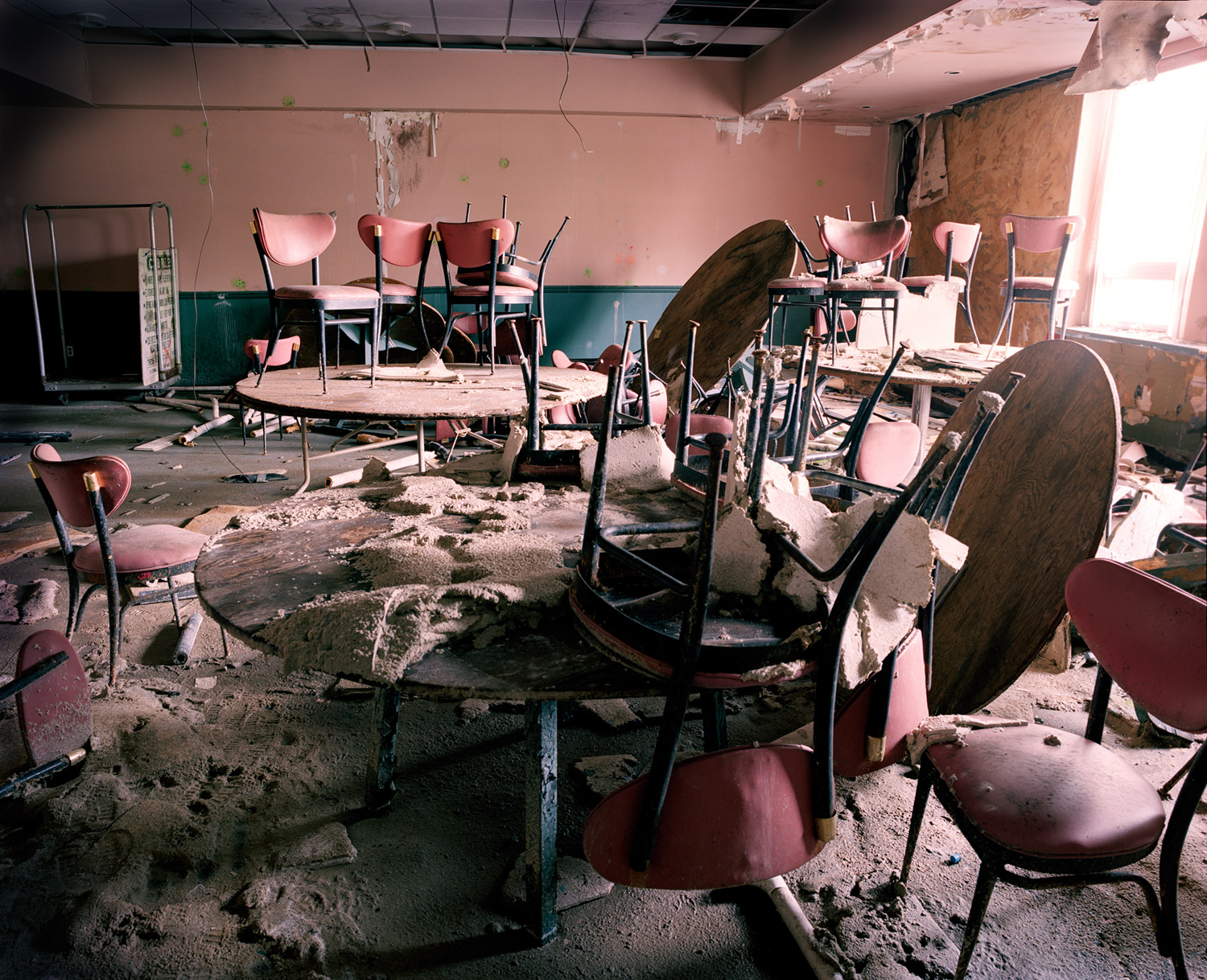

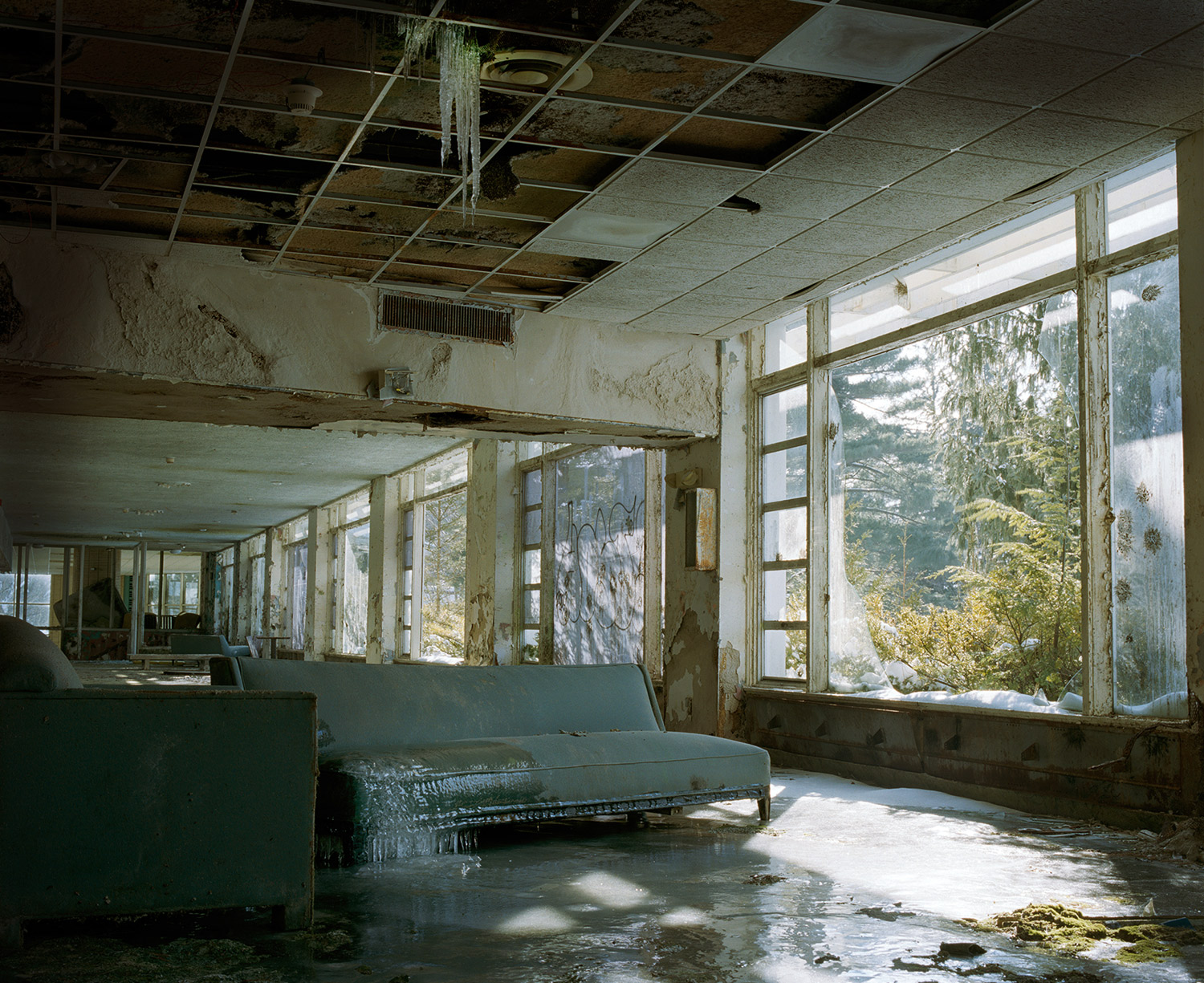
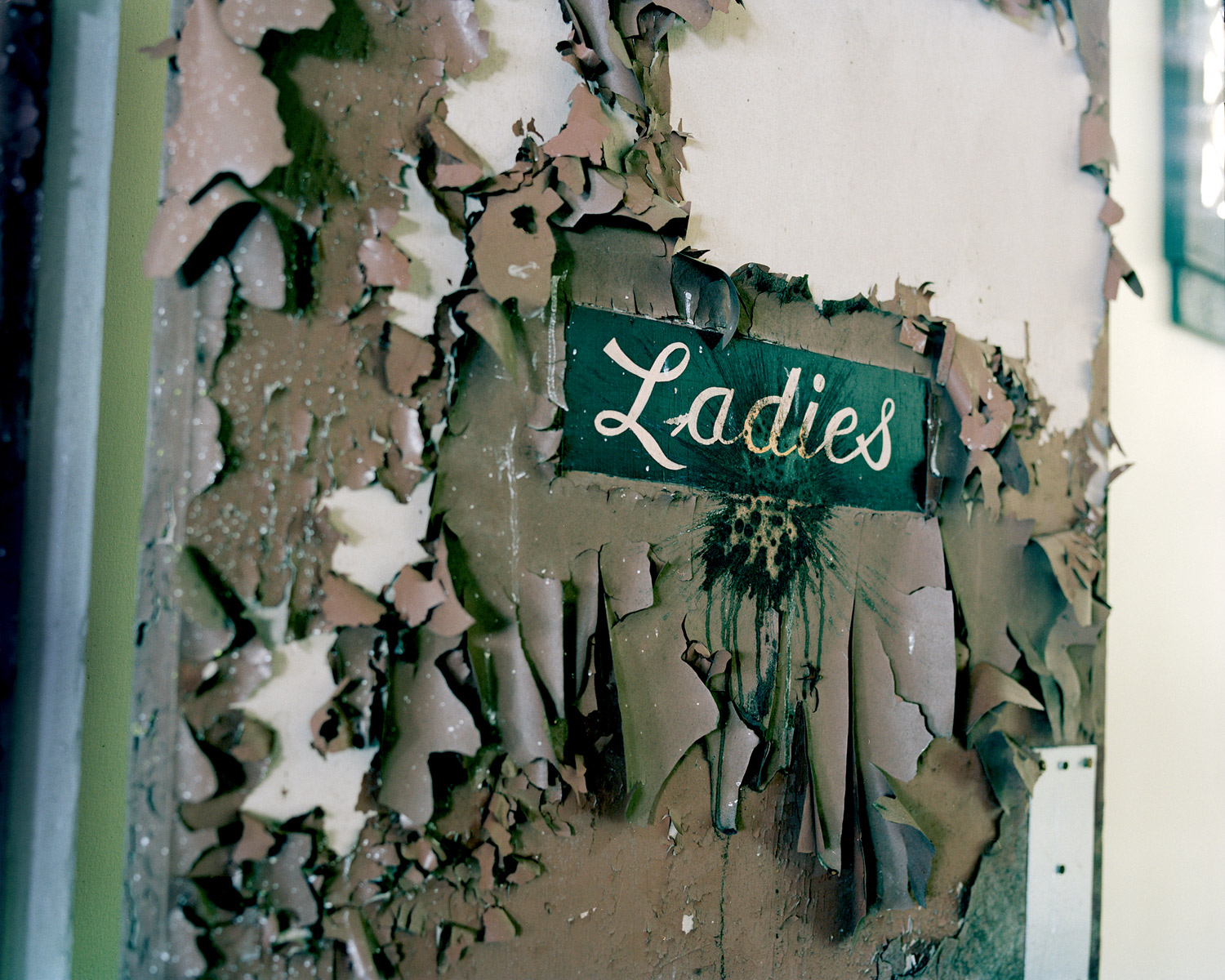
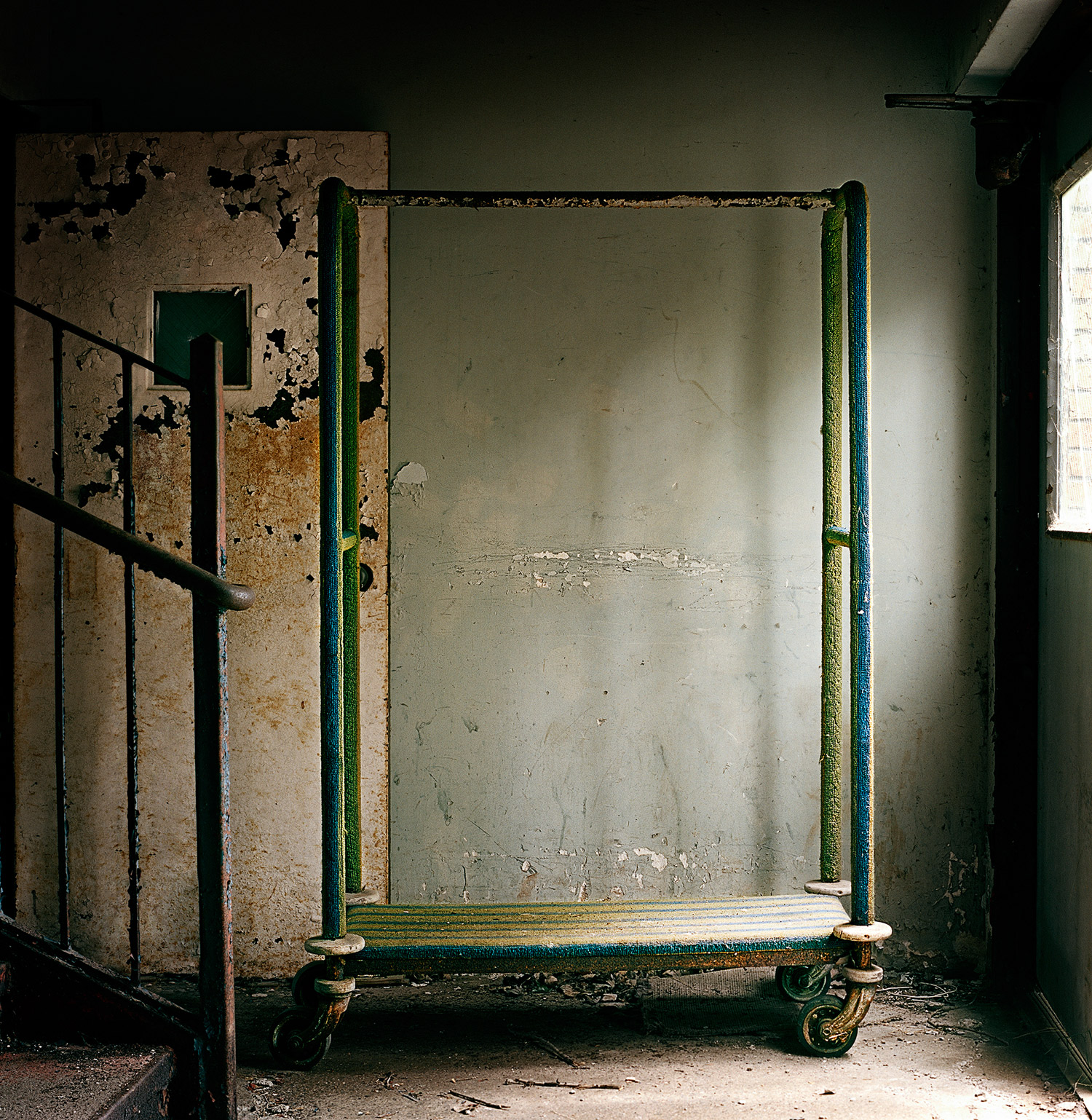
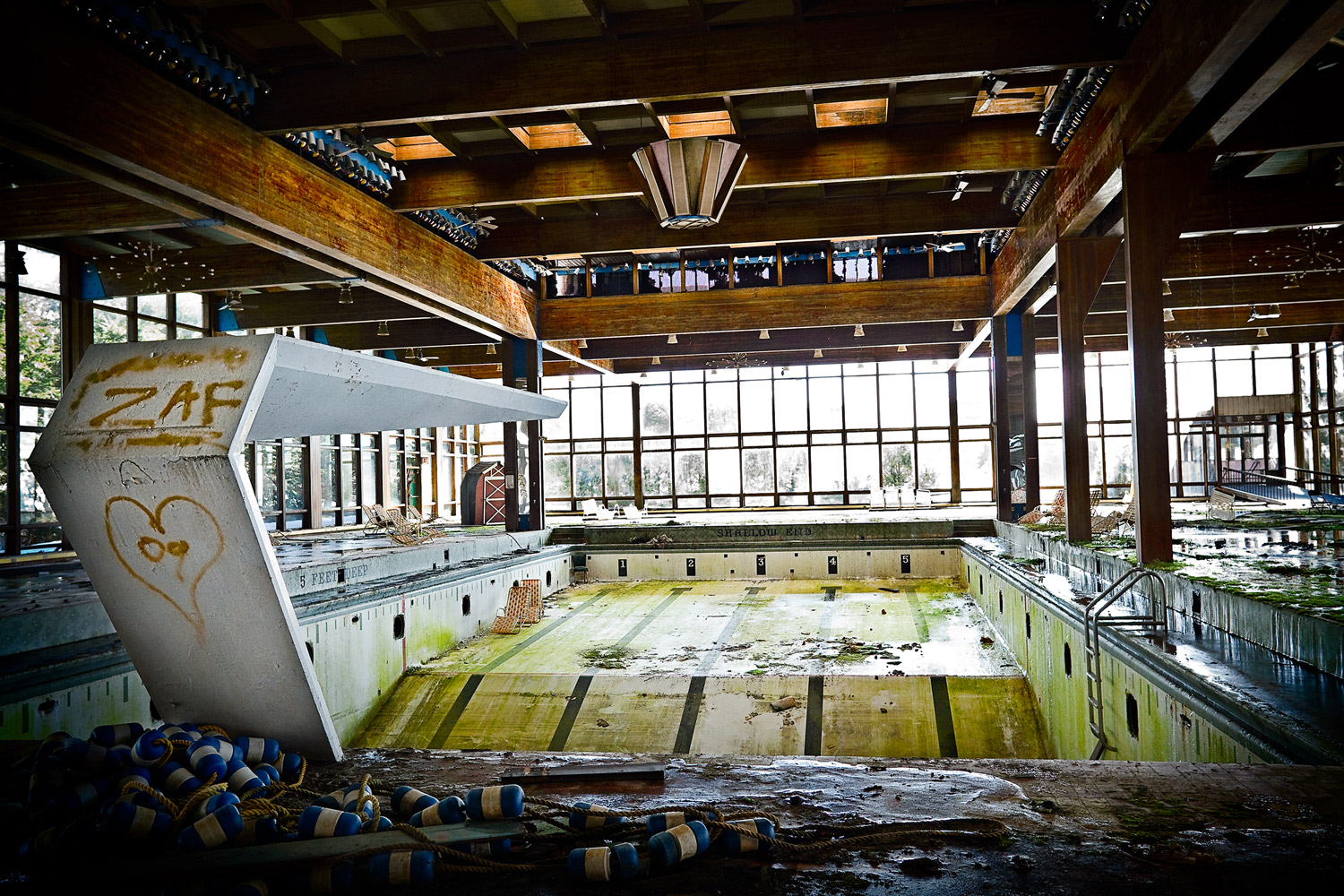
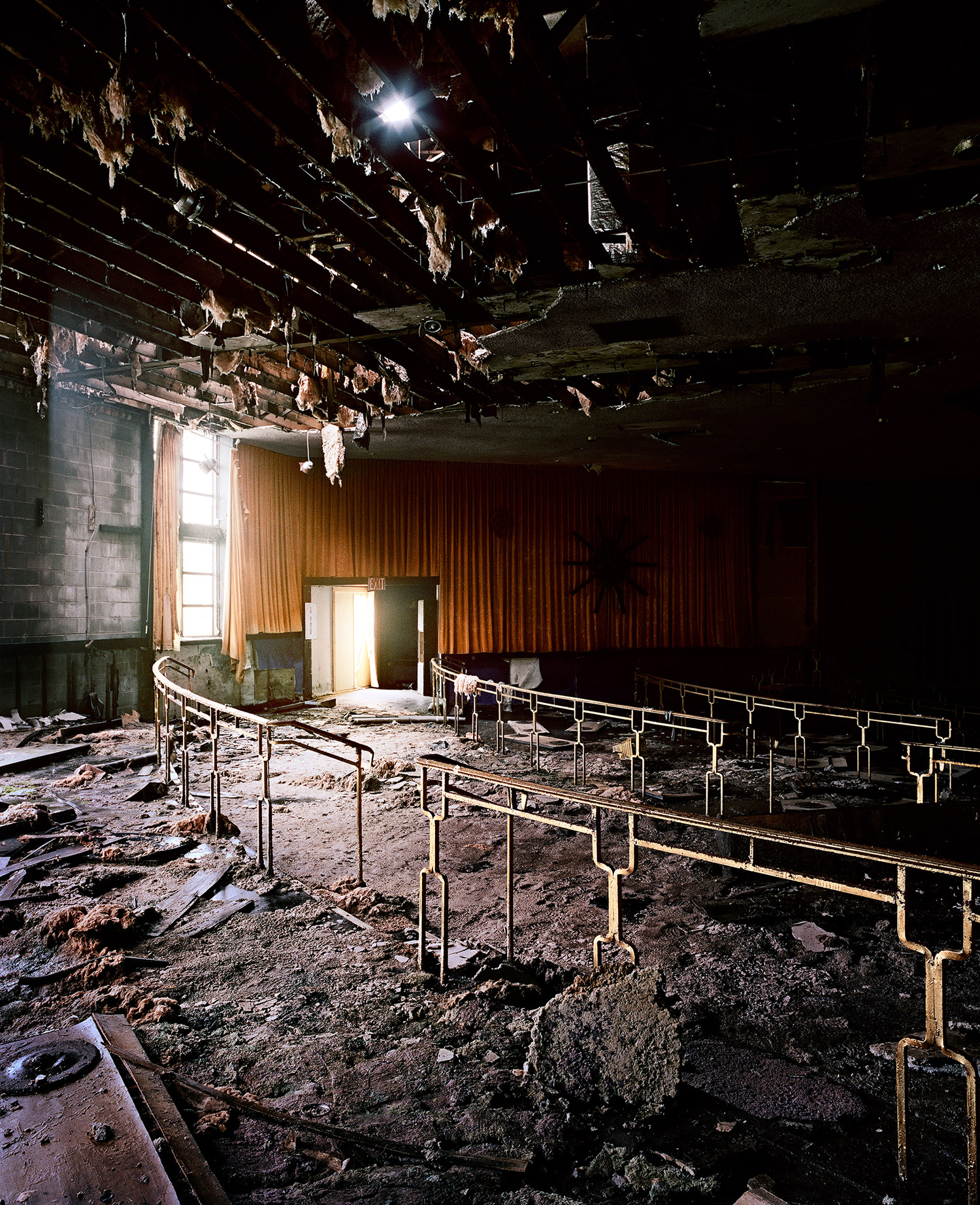

More Must-Reads from TIME
- Cybersecurity Experts Are Sounding the Alarm on DOGE
- Meet the 2025 Women of the Year
- The Harsh Truth About Disability Inclusion
- Why Do More Young Adults Have Cancer?
- Colman Domingo Leads With Radical Love
- How to Get Better at Doing Things Alone
- Michelle Zauner Stares Down the Darkness
Contact us at letters@time.com